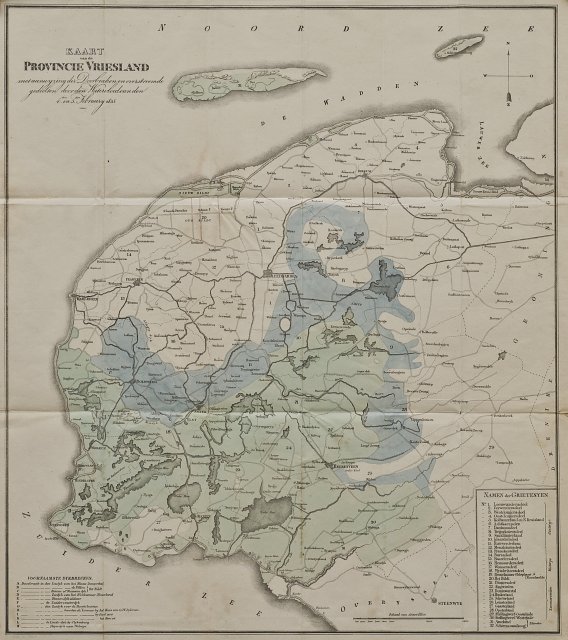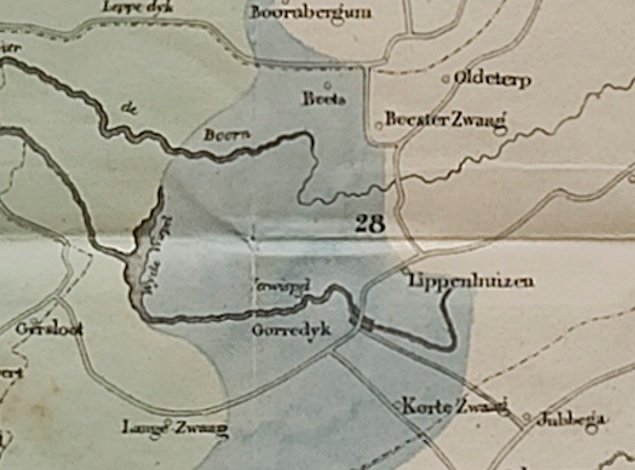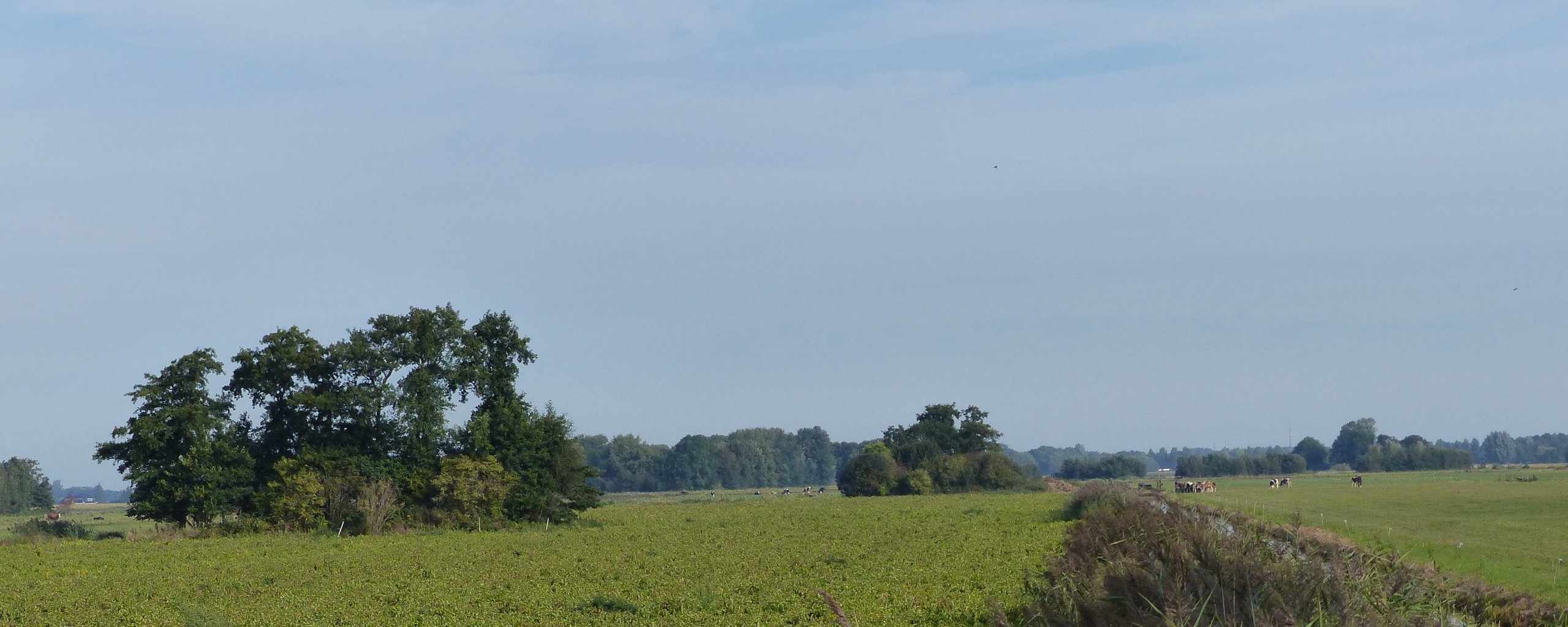
1825: The Flood
This year marks the 200th anniversary of the great flood disaster that befell Fryslân.


Over the centuries, several major storms have ravaged the province, leading to floods. Some previous known floods that affected Fryslân were the St. Juliana Flood (1164), the storm surges of 1248, the storm surge of 1703 and Christmas Flood of 1717. Throughout the nineteenth century there was much flooding in the low moors.
Major damage with many casualties
The storm surge of 1825, caused by a northwestern storm combined with spring tides, high inland water and poorly maintained dikes, occurred between Feb. 3 and Feb. 5 and caused extensive damage along the Dutch, German and Danish Wadden coasts. In total, there were about 800 casualties. In the provinces of Groningen, Friesland, Overijssel, Gelderland, Utrecht and Holland, serious dike breaches occurred. 379 people died, 17 of them in Fryslân. Dike breaches at Lemsterland and Schoterzijl caused almost the entire southern half of the province and the moors to be flooded.
Situation Opsterland
In the book Geschiedkundig Tafereel van den Watervloed in Vriesland. (Leeuwarden 1826) by J. van Leeuwen we get an impression of the situation in Opsterland in 1825. Although there were no deaths in Opsterland, the damage was enormous. Many houses and farms were destroyed.
"The horned cattle stood in the water and were accommodated with the horse at acquaintances in Langezwaag. How high the water had risen is shown by the fact that it stood 10 to 20 palm above the sluice gates in Gorredijk!"


The aftermath of the flood disaster
Large numbers of animals drowned and many people became ill and died, due to polluted drinking water and diseases such as malaria and cholera. The peat stored in storage was also lost. After the water subsided, it became clear that the sod of the bluegrass lands had rotted and they were covered with a layer of silt. As a result, the land yielded nothing for the first 10 years. A lot of salty peat developed, so peat broke and yielded less. The working population was left in great poverty; the cost of living was high. Money was scarce and taxes were alarmingly high, partly as a result of Napoleonic rule. Real estate sales also yielded nothing. In Langezwaag, an exit was sold behind a farm for 2 pounds of tobacco. Tobacco was sought after and expensive at that time. Collections and relief campaigns were initiated nationwide. In Opsterland, 2,767 guilders were raised for the benefit of those in need.
Image gallery
